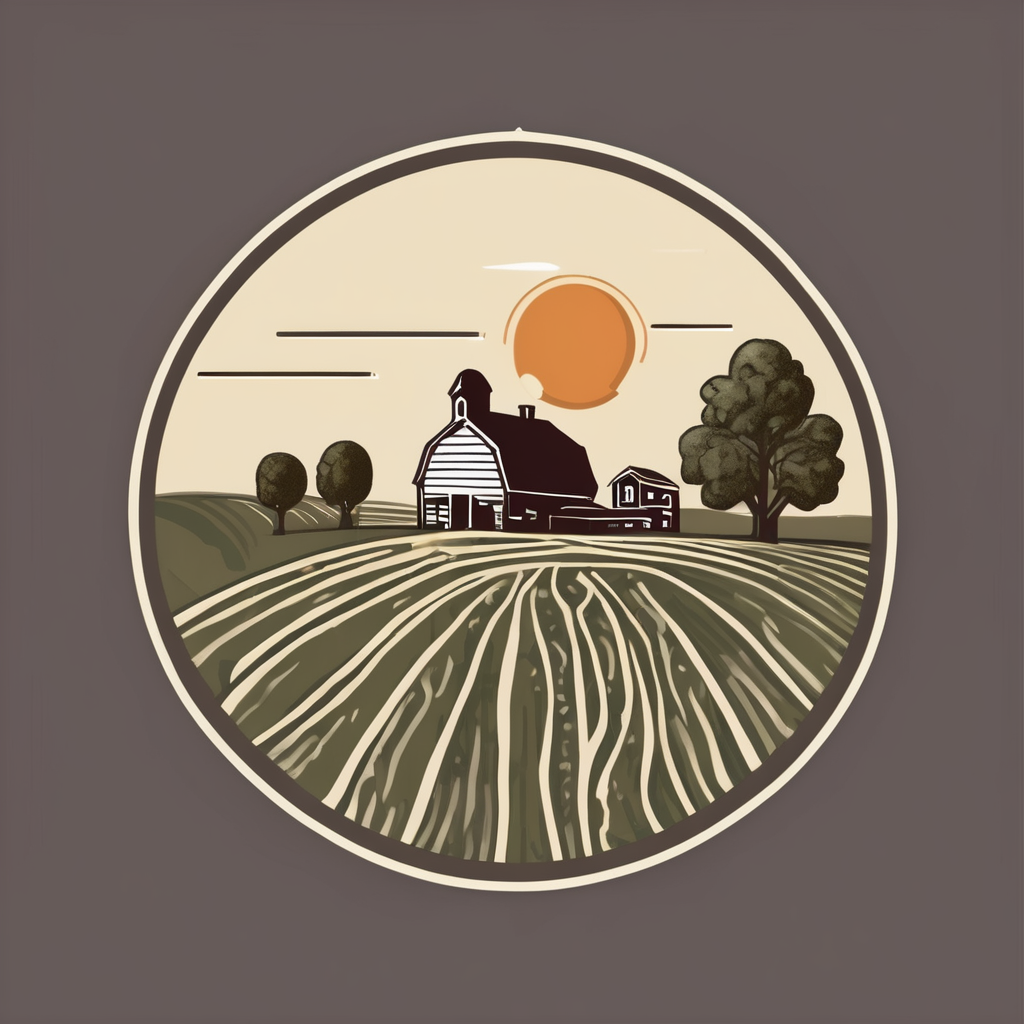Understanding the Key Ingredients
The secret to achieving the perfect texture for Scottish shortbread lies in careful consideration of ingredients and their ratios. Among these, butter plays a pivotal role. Its quality directly impacts the crumbly texture shortbread is renowned for, so opt for high-fat butter, typically around 82% fat content. The flavour of butter translates into the finished product, so premium butter enhances not just the texture but also the taste.
Flour type and ratio are equally crucial. Commonly, a blend of all-purpose flour and a bit of rice flour leads to a tender yet stable structure. The right mix ensures the shortbread holds its shape without being too hard or soft. While flour contributes to the texture, the sugar component affects how the shortbread feels upon chewing. A finely ground sugar such as caster sugar balances sweetness and assists in creating a melt-in-the-mouth delicacy. By understanding these key ingredients, you can expertly craft shortbread with a texture that is both firm and lusciously crumbly.
Additional reading : How do you master the art of making a fluffy Yorkshire pudding?
Step-by-Step Methodology
Achieving the ideal texture of Scottish shortbread is an intricate process requiring careful attention to preparation and baking stages. The secret lies not only in the ingredients but also in the precise mixing techniques and baking process.
Preparing the Dough
Begin by ensuring all your ingredients are at room temperature, an essential step for achieving a smooth and cohesive dough. When butter and sugar blend seamlessly at milder temperatures, it leads to a creamier texture—perfect for shortbread. Carefully measure your ingredients to maintain correct ratios, crucial for texture and consistency.
Topic to read : Discover the art of artisanal cutlery: morta wood knives
Mixing Techniques
When it comes to mixing, technique matters. Incorporate your ingredients gently, being cautious not to overmix. Overworked dough can lead to toughness—not what you want in a delicacy known for its crumbly, melt-in-the-mouth texture. Use a light hand and mix until just combined; this ensures the shortbread remains tender and delightful.
Dough Consistency
Attention to the consistency of the dough is key. Properly mixed dough should hold together well without being sticky. If it crumbles excessively, you may need to adjust the butter content slightly. Conversely, an overly sticky dough indicates too much moisture. Rectifying this involves gradually working in a bit more flour. Understanding these subtle cues will aid in crafting the perfect shortbread with the desired texture.
Baking Techniques for Ideal Texture
The art of baking Scottish shortbread demands precise oven settings and attention to detail to achieve the perfect texture. One of the most critical factors is the baking temperature. Typically, aiming for a moderate temperature, such as 150-160°C (300-320°F), ensures the shortbread bakes evenly without browning too quickly.
Baking time is equally influential, often ranging from 20 to 30 minutes, depending slightly on thickness and personal preference for crispiness. Keep a close eye on the colour; the edges should be pale gold and not dark brown, maintaining the crumb’s delicate nature.
For uniform texture and colour, proper oven settings like fan-forced options can aid in even heat distribution. However, if your oven tends to run hot or has uneven spots, consider rotating the tray midway through the bake. These meticulous adjustments are pivotal in crafting shortbread with a firm yet soft texture, just as it should be.
Common Texture Issues and Solutions
Crafting the perfect Scottish shortbread can sometimes pose a challenge, with texture issues often arising during the baking process. Fortunately, understanding common problems and their solutions can aid in achieving the desired consistency.
Dry Texture Issues
If your shortbread turns out dry, it’s often due to an imbalance in the ingredient ratios, particularly with flour. Dry shortbread sometimes indicates too much flour or not enough butter, impacting its tender nature. To fix this, adjust the ingredient ratios: slightly increase the butter or reduce the flour to restore moisture. Monitoring the oven settings can also help; baking at too high a temperature may dry out the dough.
Greasy Shortbread
Overly greasy shortbread is usually a sign of too much butter in the mix or under-incorporated flour. To solve this, balance the ingredients by adding a bit of flour to absorb the excess grease. This adjustment enables the dough to hold its firm yet tender structure as it bakes.
Soft or Crumbly Shortbread
A crumbly texture that’s too loose or soft can be traced back to under-mixing or incorrect flour types. Ensure a thorough but gentle mixing process to bind the ingredients effectively, avoiding a dough that falls apart. Furthermore, validate your baking temperature and time, as under-baking can result in an overly crumbly texture due to insufficient heat to properly set the shortbread.
By recognising these signs and troubleshooting accordingly, you can fine-tune your baking techniques to produce shortbread that remains consistently firm with a delightful texture.
Expert Tips for Perfecting Shortbread Texture
Crafting the perfect shortbread, with its characteristic crumbly and melt-in-the-mouth texture, requires a touch of expertise. Here, we explore baking tips and expert advice from professional bakers to help elevate your shortbread game.
To begin with, choose your ingredients wisely. Use unsalted, high-fat butter, typically 82% fat, as its richness ensures superior taste and texture. According to experts, the quality of butter is non-negotiable; select the finest you can find. Also, consider using a mix of all-purpose flour and finely ground rice flour in the right ratios to maintain the perfect balance of delicacy and structure. This mixture aids in achieving that soft crumb shortbread is known for.
Professionals also emphasise the importance of patience during the baking process. Monitor your oven settings closely, as subtle temperature variations can significantly impact the outcome. Rotate your trays halfway through baking to ensure even heat distribution, especially if your oven has hot spots.
For those looking to innovate, flavor variations can enhance the traditional profile of shortbread. Incorporating elements like citrus zest, herbs, or spices can gently uplift the taste without straying from authenticity. However, experts caution against going overboard. Small additions can make a considerable difference, allowing the shortbread’s buttery goodness to remain the star.
Lastly, learn from successes and failures. Each batch brings insights, teaching you how small adjustments can lead to vast improvements, rewarding you with shortbread that is consistently delectable and perfectly textured.








